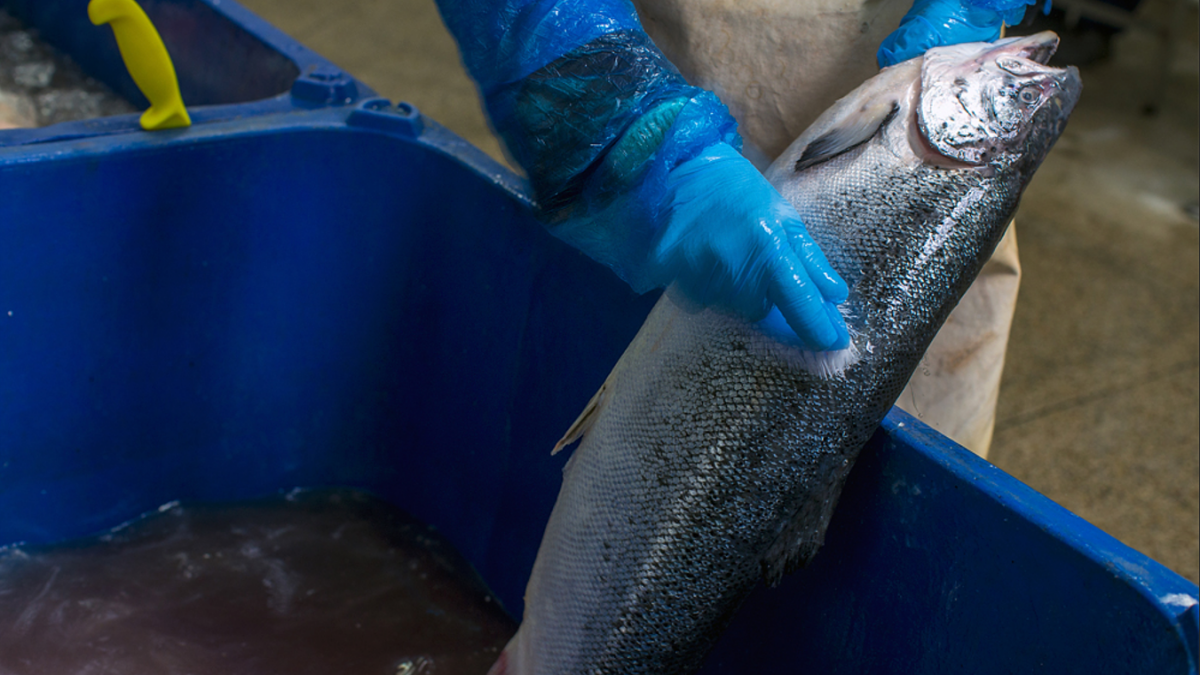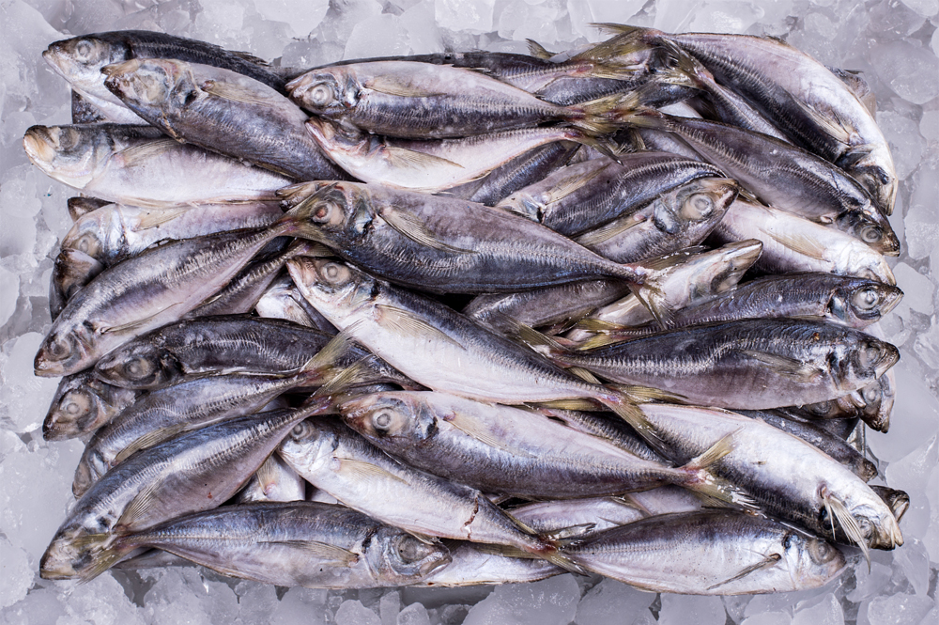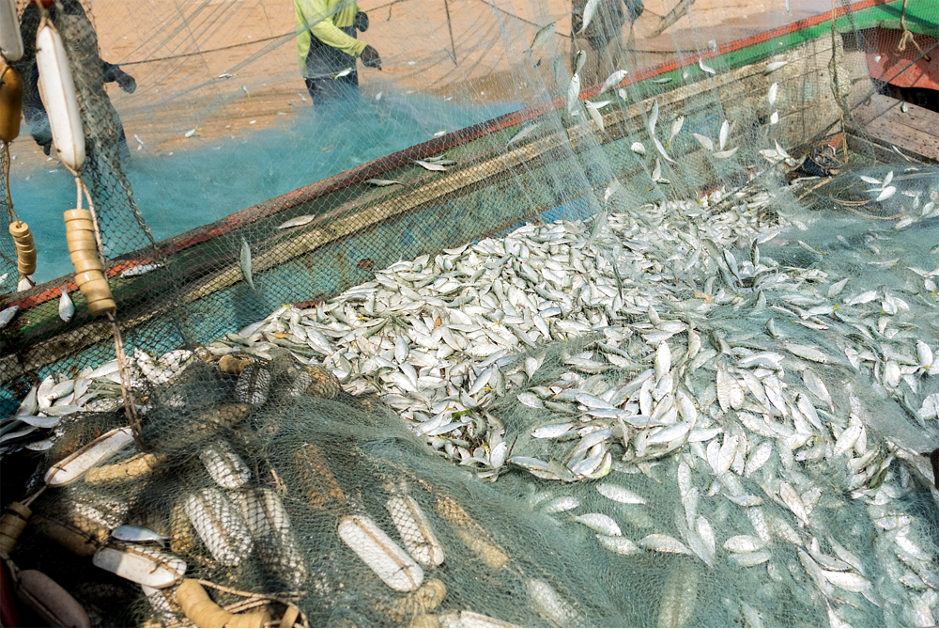Future Trends in Fish Processing Within Maritime Industries
by 26/03/2024 12:350

As the cornerstone of global trade and economic vitality, the maritime industry is undergoing a pivotal transformation, especially within the fish processing sector. This evolution is driven not only by technological advancements and a shift towards sustainable practices but also by the pressing need to feed a rapidly growing global population. With the United Nations projecting the world population to reach 9.7 billion by 2050, the demand for nutritious, high-quality food sources like seafood is escalating at an unprecedented rate. This scenario places the seafood industry, particularly fish processing, at the forefront of addressing global food security challenges.
The importance of fish in the global diet has been increasingly recognized, leading to a significant rise in seafood consumption. According to the Food and Agriculture Organization, global fish consumption has doubled in the last 50 years, making fish a critical component of a balanced diet, valued for its high-quality protein, vitamins, minerals, and omega-3 fatty acids. This surge in demand, however, brings to light significant challenges including overfishing, environmental degradation, and the need for efficient and sustainable fish processing methods. As the industry seeks to balance the growing demand with the imperative for conservation and sustainability, it is propelled into exploring innovative solutions that ensure the resilience and sustainability of marine ecosystems while meeting the nutritional needs of a burgeoning population.
The response from the maritime and fish processing sectors to these challenges involves a multifaceted approach, leveraging technological innovation, sustainable practices, and advancements in aquaculture. The aim is not only to enhance the efficiency and sustainability of fish processing but also to ensure the traceability and quality of seafood products, addressing consumer demands for transparency and environmental stewardship. This revised approach heralds a new era for the maritime industry, emphasizing the critical role of fish processing in the sustainable management of global seafood resources, and setting the stage for a discussion on the future trends poised to redefine this vital sector.
Automation and Robotics
The integration of automation and robotics into fish processing operations stands out as a significant trend. Traditional manual processes, often labor-intensive and time-consuming, are being replaced by sophisticated machinery capable of performing tasks ranging from sorting and filleting to packaging with unparalleled precision and efficiency. This shift not only enhances production rates but also minimizes human error, ensuring a consistent product quality that meets global standards.
Sustainable Practices
Sustainability has become a buzzword across industries, and the fish processing sector is no exception. There’s a growing emphasis on eco-friendly practices aimed at reducing the environmental impact of fish processing operations. This includes the implementation of waste management systems that efficiently recycle by-products and waste materials, as well as the adoption of renewable energy sources to power facilities. Moreover, sustainable fishing practices are being integrated into the supply chain to ensure the long-term viability of fish stocks.
Advanced Preservation Methods

Preserving the freshness and extending the shelf life of seafood products is paramount in the fish processing industry. Advanced preservation methods, such as high-pressure processing (HPP), cryogenic freezing, and vacuum skin packaging, are being employed to meet these needs. These technologies not only maintain the nutritional value and taste of the seafood but also reduce the reliance on preservatives, aligning with the consumer demand for natural and wholesome products.
Aquaculture Innovations
As wild fish stocks come under increasing pressure, aquaculture, or fish farming, is set to play a crucial role in meeting global seafood demand. Innovations in aquaculture practices, including the development of more sustainable feed options and improvements in breeding technologies, are transforming the sector. These advancements are not only making aquaculture more environmentally friendly but also improving the quality and variety of farmed fish available for processing.
Nutritional Enhancement and Functional Foods
The health benefits of seafood are well-documented, leading to increased consumer interest in fish products that offer additional nutritional value. The fish processing industry is responding by developing functional foods enriched with vitamins, minerals, and other supplements. Through innovative processing techniques, such as the incorporation of omega-3 rich oils into various seafood products, the industry is able to cater to health-conscious consumers seeking more from their diets.
Digitalization and Data Analytics
Digitalization is revolutionizing the fish processing industry, enabling businesses to leverage data analytics for improved decision-making. Through the collection and analysis of data, companies can optimize their operations, from supply chain management to production processes. Predictive analytics are also being used to forecast demand, manage inventory more effectively, and reduce waste, leading to increased efficiency and sustainability.
Consumer Preferences and Product Innovation
As consumer preferences evolve, the fish processing industry is adapting by introducing a wider range of products, including ready-to-eat and easy-to-prepare seafood options. Innovation in packaging, such as smart packaging that monitors freshness, is also enhancing the appeal of processed fish products. Furthermore, the industry is exploring alternative protein sources, such as lab-grown fish, to meet demand in a sustainable manner.
Global Standards and Regulations

Lastly, the fish processing industry is increasingly influenced by global standards and regulations aimed at ensuring food safety, quality, and sustainability. Compliance with these standards is becoming a prerequisite for accessing international markets, driving companies to adopt best practices in fish processing. This trend towards standardization is expected to continue, promoting a level playing field and fostering trust among consumers worldwide.
The future of fish processing within maritime industries is being shaped by technological advancements, sustainability efforts, and changing consumer demands. By embracing these trends, the sector is poised to overcome challenges and seize new opportunities, ensuring its vital role in feeding a growing global population. As we look ahead, the industry’s commitment to innovation and improvement will undoubtedly lead to healthier, more sustainable, and more accessible seafood products for consumers around the world.
Sources:
https://www.fao.org/family-farming/detail/en/c/1279714/
https://www.fao.org/3/cc0463en/cc0463en.pdf
https://www.normartrading.no/en/fish-processing-equipment-machines/
https://www.statista.com/statistics/264577/total-world-fish-production-since-2002/



